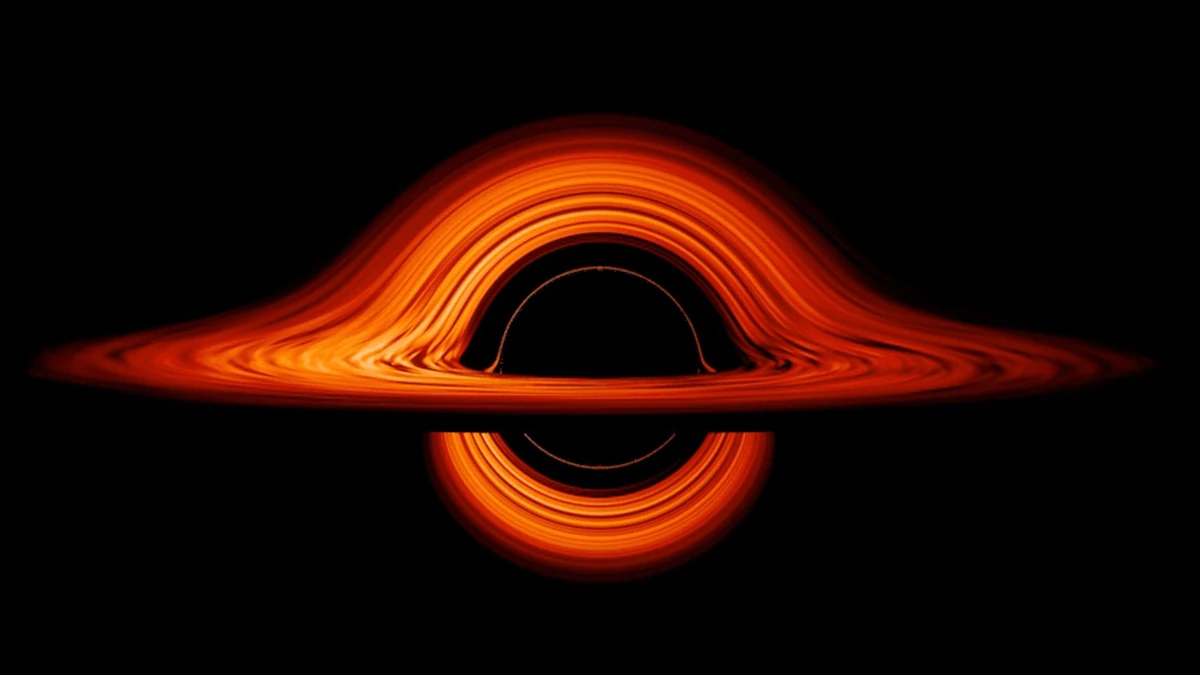The supermassive black hole Abell 1201 BCG was 32.7 billion times heavier than the Sun, and the event horizon accommodates six solar systems

Researchers have discovered that the supermassive black hole in the Abell 1201 cluster of galaxies is much heavier than previously thought. They were able to detect it using the gravitational lensing effect.
Here's What We Know
The black hole is called Abell 1201 BCG. It's 2.7 billion years away. Scientists at Durham University have compiled new information about the black hole to estimate its mass more accurately. As it turns out, Abell 1201 BCG is now one of the top five most massive black holes in the universe.
The event horizon is so massive that it would fit six solar systems at once. Its diameter is 1290 astronomical units (1 = 149,597,870,700 metres). For understanding, the distance between the Sun and Pluto reaches 40 astronomical units.
Scientists had previously assumed that the mass of Abell 1201 BCG was no more than 19 billion solar masses. As it turns out, the black hole is 32.7 billion times heavier than our star.
Only 10 such black holes are thought to exist in the universe. However, scientific theories suggest that a black hole cannot be more than 50 billion times heavier than the Sun. Scientists are gradually getting closer to that limit.
Source: Science Alert